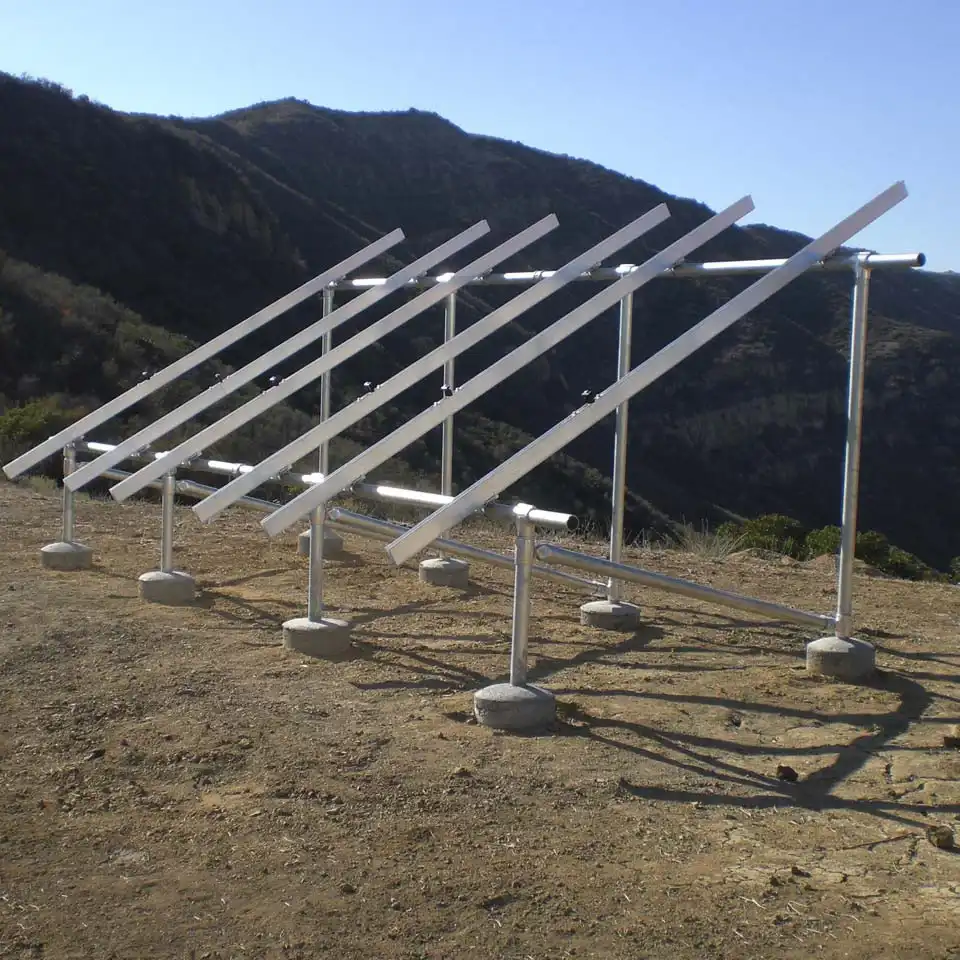The Art of Convenience: Unraveling the Power of Modern-Day Innovations

In the fast-paced world we live in, the term 'convenience' has become a buzzword. It's a concept that has been woven into the fabric of our daily lives, shaping our decisions, and influencing our behaviors. But what exactly is an example of a convenience? In this article, we will delve into the essence of convenience, exploring its manifestations in various sectors, and examining how it has revolutionized our world.
One of the most prominent examples of convenience in today's world is the advent of online shopping. This innovation has transformed the retail landscape, allowing consumers to purchase virtually anything from the comfort of their homes. Amazon, for instance, has become a global powerhouse by offering a vast array of products that can be delivered to your doorstep with just a few clicks. This convenience extends beyond mere physical products, encompassing digital goods like eBooks, music, and software.
In the realm of finance, mobile banking is a prime example of convenience. It has eliminated the need for physical visits to the bank, enabling customers to conduct transactions, monitor their accounts, and even apply for loans using their smartphones. Companies like PayPal and Venmo have taken this convenience a step further, facilitating seamless peer-to-peer money transfers.
The food industry is another sector where convenience is king. The rise of food delivery apps like Uber Eats and DoorDash has made it possible for consumers to have meals from their favorite restaurants delivered straight to their doors. Similarly, meal kit delivery services like Blue Apron and HelloFresh offer the convenience of having pre-portioned ingredients and easy-to-follow recipes delivered to your home, eliminating the need for grocery shopping and meal planning.
In the realm of transportation, ride-hailing services like Uber and Lyft exemplify convenience. These platforms have made it incredibly easy for people to get from point A to point B, eliminating the need for owning a car or navigating public transportation.
While these examples illustrate the power of convenience, it's important to note that this concept is not without its drawbacks. The convenience economy, as it's often called, has been criticized for promoting a culture of instant gratification and contributing to environmental degradation. Moreover, the companies that provide these conveniences often rely on gig workers, who may lack job security and benefits.
In conclusion, convenience is a multifaceted concept that manifests in various forms across different sectors. From online shopping and mobile banking to food delivery and ride-hailing services, convenience has become an integral part of our lives, shaping our behaviors and transforming industries. As we continue to innovate and evolve, it's crucial to strike a balance between convenience and sustainability, ensuring that our pursuit of ease and efficiency does not come at the expense of our planet or our workforce.







